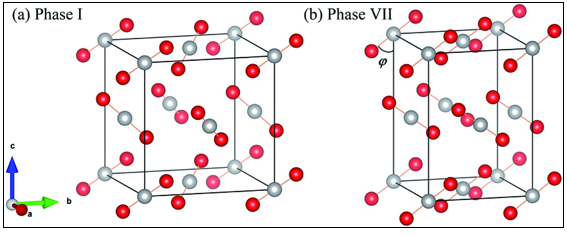Carbon-Di-Sulphide an Environmental Issue with Reference to Health and Concentration in Study
Keywords:
Carbon disulfide, Nagda, students, viscoseAbstract
Carbon disulfide is a colorless volatile liquid with the formula CS2. It is widely used in the synthesis of organosulfur compounds. It is commonly used in the production of the soft fabric viscose. At high levels, carbon disulfide may be life-threatening because it affects the nervous system. Nagda is a city in Ujjain district in the Indian state of Madhya Pradesh. It is an industrial town in the Malwa region and is situated on the bank of Chambal River. Nagda is a major industrial town having manufacturing unit of Viscose fiber, Viscose is a solution of cellulose xanthate made by treating a cellulose compound with sodium hydroxide and carbon disulfide. The viscose solution is used to spin the fiber viscose rayon, or rayon, a soft man-made fiber commonly used in dresses, linings, shirts, shorts, coats, jackets, and other outer wear. It is also used in industrial yarns (tyre cord), upholstery and carpets. During the production of viscose carbon-di-sulphide is released. In present work the effect of carbon-di-sulphide was studied on the students of Nagda. The students of graduate level were observed. It was found that the students living in area where exposure of gas is more are not doing well in the class room as well as they feel fatigue readily in lab during practical . The students living in remote area from the exposure of gas affected area they perform well .Although the IQ level of students is good who are living in Grasim premises but physical level and working capacity is less comparative to the students of village background . In present study three categories of students were taken. (1) Higher middle class (2) lower middle class (3) lower class .The areas were categorized 1 rural 2 Grasim township 3 Vidhya nagar (gas affected area) 4 main city 5 Mehidpur road .It was found that economic condition does not affect on studies but affects stamina but area where the students live is more important.
References
"Chemical profile: carbon disulfide from ICIS.com". Retrieved June 15, 2013.
Werner, H. (1982). "Novel Coordination Compounds formed from CS2 and Heteroallenes". Coordination Chemistry Reviews 43: 165–185. doi:10.1016/S0010-8545(00)82095-0.
Smeulders, MJ.; Barends, TR.; Pol, A.; Scherer, A.; Zandvoort, MH.; Udvarhelyi, A.; Khadem, AF.; Menzel, A.; Hermans, J.; Shoeman, RL.; Wessels, HJ.; Van den Heuvel, LP.; Russ, L.; Schlichting, I.; Jetten, MS.; Op den Camp, HJ. “Evolution of a New Enzyme for Carbon Disulphide Conversion by an AcidothermophilicArchaeon” Nature, 2011, 487, 412-416. doi:10.1038/nature10464
Ochiai, Bungo; Endo, Takeshi "Carbon dioxide and carbon disulfide as resources for functional polymers" Progress in Polymer Science (2005), 30, 183-215. doi:10.1016/j.progpolymsci.2005.01.005
Greenwood, Norman N.; Earnshaw, Alan (1997). Chemistry of the Elements (2nd ed.). Butterworth–Heinemann. ISBN 0080379419.
Census of India 2011; Household Schedule-Side A". Government of India. Retrieved 22 January 2011.
Census of India 2011; Household Schedule-Side B". Government of India. Retrieved 22 January 2011.
"National population register; Household Schedule". Government of India. Retrieved 22 January 2011.

Downloads
Published
How to Cite
Issue
Section
License

This work is licensed under a Creative Commons Attribution 4.0 International License.
Authors contributing to this journal agree to publish their articles under the Creative Commons Attribution 4.0 International License, allowing third parties to share their work (copy, distribute, transmit) and to adapt it, under the condition that the authors are given credit and that in the event of reuse or distribution, the terms of this license are made clear.





